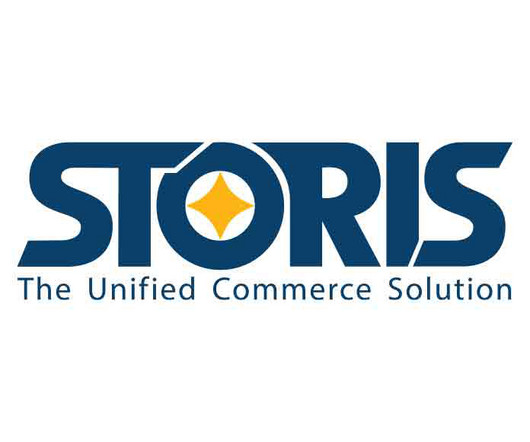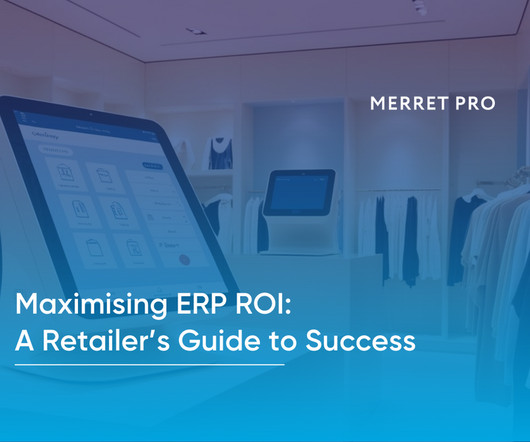Why Data Will Drive the Future of Inventory Management
Retail TouchPoints
OCTOBER 6, 2022
They can then proactively deal with inbound disruptions, measure inventory turnover velocity and cut back on overstocking. Guarding Against Supply Chain Disruption. If data is gathered, categorized and structured properly, it becomes easier to forecast potential issues with supply chains.

















Let's personalize your content